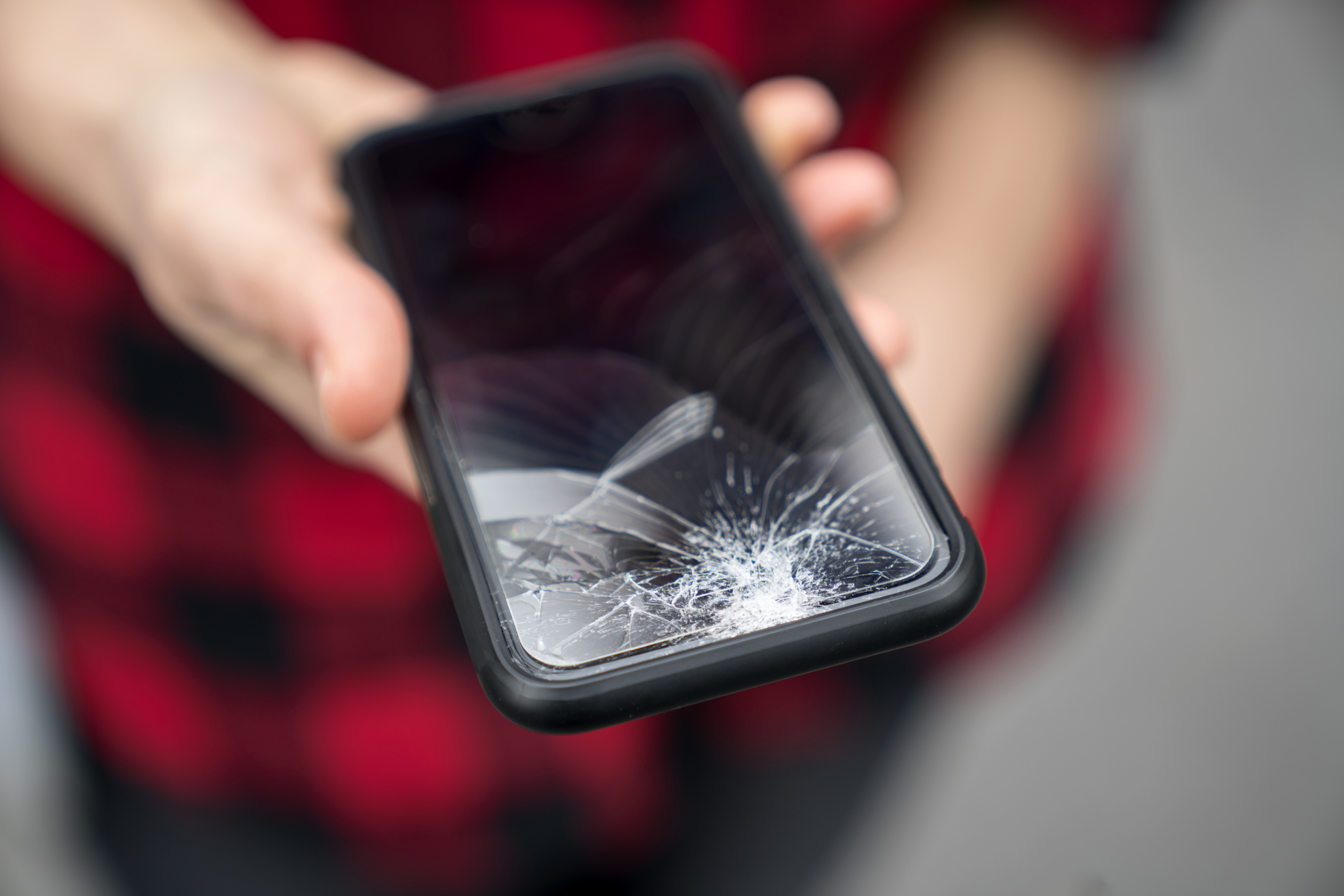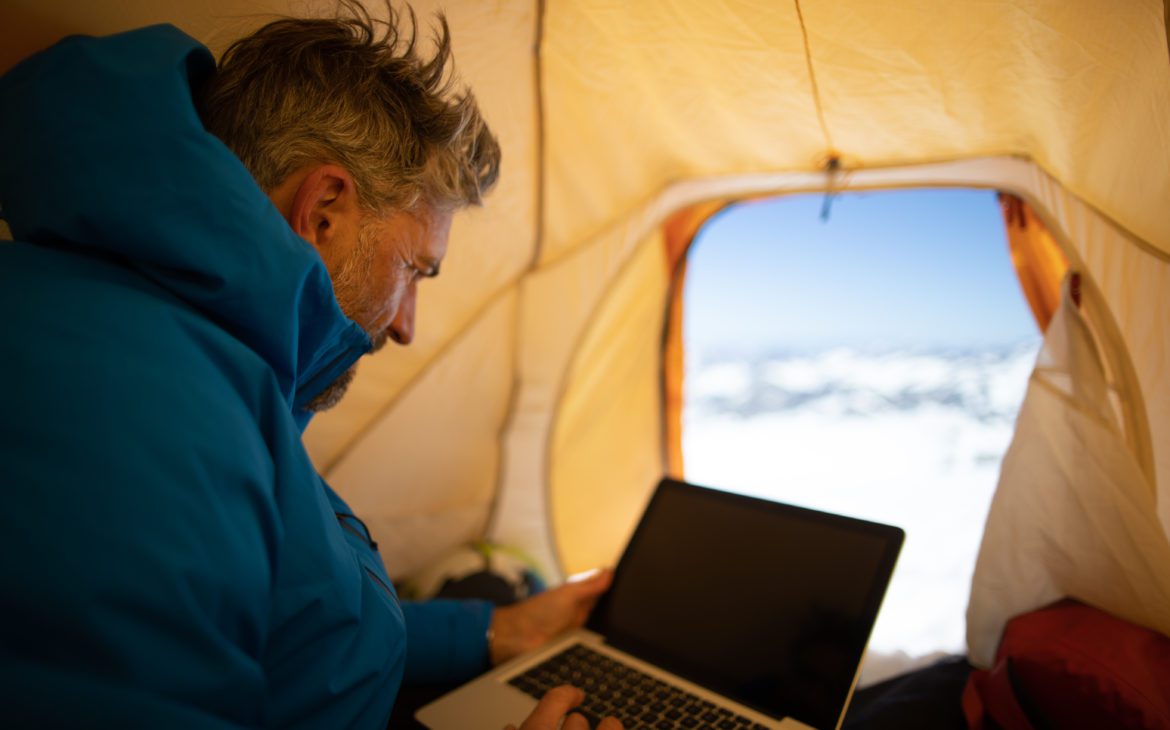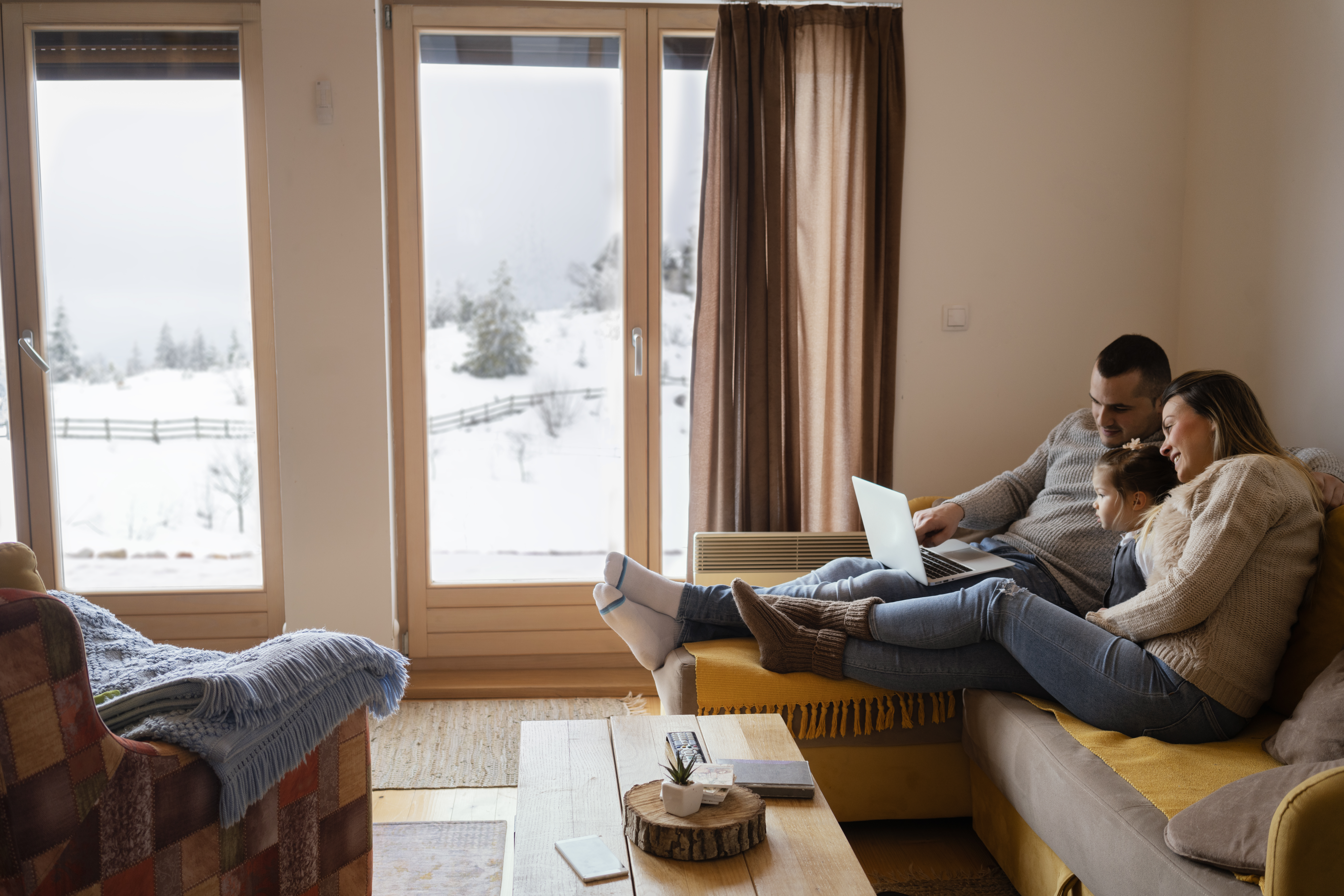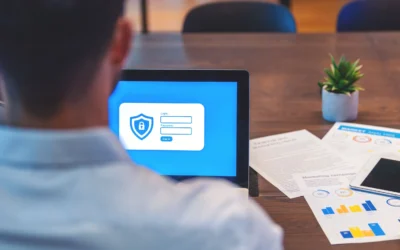Brrrr! It’s cold out there, at least in some parts of the U.S. On the bright side, that means the holidays are coming, and you’ll have the chance to spend some warm, cozy nights unwrapping gifts with friends and family. But don’t leave your tech devices out in the cold! Many people don’t realize how vulnerable their phones, laptops, and other gadgets are in the frigid winter months. So let’s learn about cold weather safety for common devices so you can make sure your phone is still operating in tip-top shape when it’s time to take all your holiday photos.
Why is cold weather device safety so important?

Laptops, phones, and even IoT devices like smart watches are vulnerable to winter weather, so it’s important to take adequate cold weather safety measures. Exposing your device to winter cold and condensation, even for short periods of time, can lead to:
- Cracked screens. If you leave your device out in the cold for too long, you might come back to find a nasty surprise. Devices with larger screens like tablets and laptops are more vulnerable to cracking because of their sensitive LCD screens. Liquid Crystal Display screens don’t fare well at temperatures below 0 degrees Fahrenheit.
- Condensation damage. Water is the mortal enemy of most electronics, and laptops, tablets, and most phones are no exception. Rapid changes in temperature (which can occur when you bring your device indoors after spending time outside) can lead to the formation of condensation inside the device. This is a one-way ticket to a short circuit!
- Battery failure. A lithium-ion laptop battery slows down at 32 degrees Fahrenheit. Prolonged exposure or lower temperatures can even leave batteries permanently disabled.
- Internal hardware damage. In extreme cold temperatures, the intricate internal components of your devices can grow rigid. This can lead to long-term damage (or short-term, if you bring a frozen laptop into a warm house and everything begins to crack apart due to expansion).
With all this in mind, let’s take a look at some ways you can keep your devices safe this winter.
How can I up my cold weather safety game?

Now, before you start stressing over bringing your phone outside when it’s below freezing, take a deep breath. Although most consumer electronics are sensitive to rapid shifts in temperature, that doesn’t mean that walking your dog in the snow is a death sentence for your phone. Here are some cold weather safety tips that will help you prevent damage and extend the lifetimes of your favorite devices.
Keep your phone and laptop out of the elements
The easiest way to practice good cold weather device safety is to keep your devices inside. This might sound like common sense, but we all know it can be difficult to leave our devices at home. If you plan on going on a ski trip, for example, don’t hit the slopes with your laptop bag.
Even though this seems like a major step down from our last example, it’s still not a good idea to leave your laptop or phone in the car for extended periods of time. The ice and snow may not be present, but the cold temperatures can still freeze your battery and cause other major technical issues. So if you’re going indoors for a long time during the winter, double-check and make sure you have your phone. And if you don’t plan on using your laptop, don’t bring it.
If you’re spending time outdoors when it’s snowing—or even in temperatures below 32 degrees—be sure to wear a waterproof jacket and store your phone in a zipped pocket. This, in combination with your body heat, will protect it from the elements. Avoid walking with your laptop at all unless it’s an absolute must (like walking back and forth from work or school). And if you can, invest in a weatherproof case.
Be mindful of hidden indoor dangers
Don’t go thinking you’re out of the woods just because you never take your laptop outside. Although overheating is a more common issue for routers than cold damage, you should still be mindful of where you’re placing your router, mesh network pods, and other home network components in the winter months.
For example, if you live in an area with a stable climate without rapid fall temperature changes, you may have set up some 360 WiFi pods in your garage. Everything was probably fine while the temperature was stable, but when the winter cold comes creeping in, you’ll want to bring your pods inside to prevent hardware failure. They’re susceptible to the same temperature change damage and hardware failure as laptops and phones. So don’t be afraid to reimagine the way you set up your home 360 WiFi network this fall!
Don’t slip up with your data backups
Even if you follow all these cold weather safety tips, accidents do happen. That’s why it’s so important to perform regular Cloud data backups. This way, even if your device ends up being a total loss, your data will remain intact on the Cloud. Will you miss your favorite phone or laptop? Sure. But you’ll miss it even more if it takes all your files down along with it!
Cold weather safety can make or break your favorite devices

If your device somehow ends up stuck out in the cold anyway, be careful in your attempts to “revive” it. Remember, rapid temperature changes can cause extreme damage. So be sure to let any frozen devices thaw out in a neutral temperature zone before shocking them with a rapid change. And don’t forget about any routers or pods left in uninsulated areas. Otherwise, they may fall victim to the seasons this winter.
By following all these cold weather safety tips, when it comes time to return your equipment, you won’t be left out in the cold. And don’t forget to tune in to the Quantum Fiber blog for more guides, tips, and informative articles on how to care for all your favorite devices.








